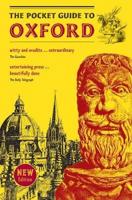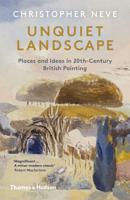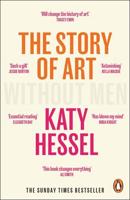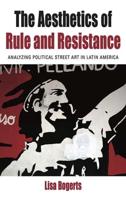Publisher's Synopsis
The architecture of empowerment is about challenging architects to do more than build for the poor It invites them to rethink the premises of the process of design as much as the process of building. It challenges them to shed their assumed omnipotence and to become enablers for the poor. (Muhammad Yunus) In the wake of the second Habitat Conference, and with the urban population of the developing world set to treble in the next generation, Ismael Serageldin argues that architecture must both widen its scope and reassess its processes in order to address the needs of the poor. He emphasises that the provision of shelter and infrastructure is most effective when undertaken in close collaboration with the community from concept design through to construction and as part of a broader socio-economic strategy. Essays by Charles Correa, Michael Cohen and Suha zkan evaluate the need for this new approach, setting it in the context of current global forces such as convergence and marginalisation and preceding architectural solutions.;Case studies from across the world demonstrate that the architecture of empowerment has already proved a successful and versatile solution to revitalising historic cities, upgrading slums and creating new settlements. A special section on micro-finance shows how the very poor can effectively improve their economic conditions. What is needed now, writes Ismael Serageldin, is the will to implement what we know and the determination to succeed?. Contributors include: Charles Correa, Mike Cohen, Suha Azkan, Mohammad al-Asad, Selma al-Radi, Lailun Ekram, Rawia Fadel, Arif Hasan, Mona Serageldin, James Steele, Boguslaw Trondowski, Sameh Wahba, Muhammad Yunus. Other relevant titles published by Academy Include: Architecture Beyond Architecture, Cynthia C Davidson with Ismael Serageldin (eds); Building for Tomorrow, Azim Nanji (ed); Architecture for a Changing World, James Steele (ed); Architecture for Islamic Societies Today, James Steele (ed); Hassan Fathy, James Steele; Architecture of the Contemporary Mosque, Ismael Serageldin with James Steele (eds).








